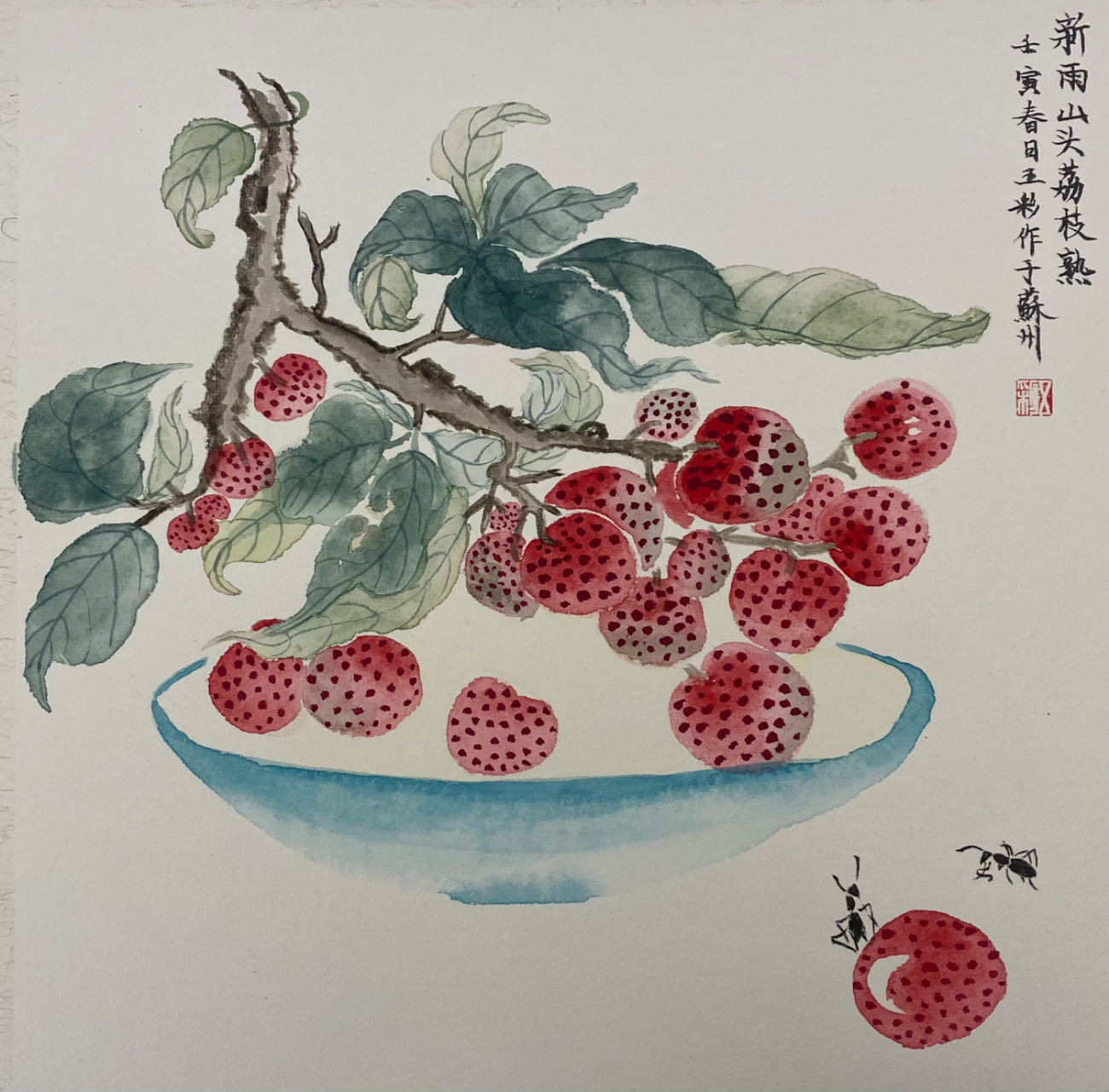
refers to the allocation of financial resources into various art forms, cultural projects, creative ventures, and artistic endeavors. It involves supporting artists, arts organizations, galleries, museums, performances, and other artistic initiatives. Arts investment can be done by individuals, corporations, foundations, or government entities with the goal of promoting and nurturing the arts.
Here are some ways in which arts investment can take place:

Investing in art by purchasing paintings, sculptures, photographs, or other artistic works can provide both aesthetic enjoyment and potential financial returns. Art collectors and investors often acquire artworks with the expectation that their value will appreciate over time.
Providing financial support directly to artists, musicians, writers, and performers can help them create and produce their work. This support can come in the form of grants, fellowships, residencies, sponsorships, or commissions. Funding artistic projects and performances helps facilitate the development and presentation of new and innovative works.
Investing in cultural institutions, such as museums, galleries, theaters, and concert halls, helps support the infrastructure and operations necessary for showcasing and preserving art. Contributions can be in the form of donations, endowments, sponsorships, or partnerships.
Investing in arts education programs, schools, and training centers can foster talent development and provide opportunities for aspiring artists to enhance their skills. Supporting scholarships, workshops, mentorship programs, and educational initiatives can contribute to a vibrant and thriving arts community.
Funding public art installations, exhibitions, festivals, and cultural events enhances community engagement and promotes accessibility to the arts. Investing in public art projects can beautify public spaces and contribute to the cultural identity of a city or region.
Some investment firms and financial institutions offer art investment funds or structured investment products focused on the art market. These vehicles allow investors to participate in the art market's potential returns while benefiting from professional expertise and portfolio diversification.
Impact investing combines financial returns with social and environmental impact. Investing in arts-based initiatives with a social mission, such as community art projects, arts therapy programs, or creative entrepreneurship support, can generate both financial and social returns.
It's important to note that arts investment can be subject to market fluctuations, subjective valuations, and individual preferences. Therefore, conducting thorough research, seeking professional advice from art consultants or financial advisors with expertise in the art market, and carefully assessing investment opportunities is crucial. Art investment can contribute to the growth of the arts sector, support artists and cultural institutions, and enrich communities by fostering creativity, innovation, and cultural exchange.
refers to the practice of acquiring and holding antique items with the expectation of generating a financial return over time. Antiques are objects that possess historical, cultural, or artistic significance and are typically aged at least 100 years or more. Investing in antiques can offer both aesthetic enjoyment and the potential for capital appreciation.
Here are some key considerations when it comes to antique investment:

Developing a deep understanding of antiques, including their historical context, craftsmanship, market trends, and valuation methods, is essential. Research different types of antiques, specific periods, artists, styles, and the factors that contribute to an item's value.
Focus on acquiring high-quality and rare pieces. Items with exceptional craftsmanship, unique designs, or limited production are more likely to appreciate in value over time. Rarity and condition play significant roles in determining an antique's desirability and potential investment return.
Verify the authenticity and provenance (the documented history of an item) of the antique before making a purchase. Items with well-documented provenance and a clear chain of ownership tend to command higher prices and instill buyer confidence.
The condition of an antique affects its value. Look for items in good original condition, as extensive restoration can negatively impact their worth. However, minor repairs or restorations carried out by skilled professionals may be acceptable or even necessary for certain types of antiques.
Just like any investment portfolio, diversification is crucial. Consider investing in different types of antiques, such as furniture, artwork, ceramics, glassware, silver, textiles, or jewelry, to spread the risk and potentially benefit from various market trends.
Seek guidance from experienced appraisers, antique dealers, or specialists in specific categories. Their expertise can help you determine an item's value, authenticity, and potential investment prospects.
Properly store and protect your antique collection. Ensure that the items are stored in a controlled environment, away from direct sunlight, extreme temperatures, and humidity. Adequate insurance coverage is also important to safeguard your investment against theft, damage, or loss.
Stay informed about current market trends and demand for different types of antiques. Keep track of auction results, attend antique fairs and exhibitions, and engage with experts and fellow collectors to gain insights into market dynamics.
Antiques are typically considered long-term investments. While some items may experience shorter-term fluctuations in value, the true potential for appreciation often unfolds over years or even decades. Patience and a long-term investment horizon are key.
Consider your exit strategy in advance. Determine how and when you plan to sell your antique investments. Options include private sales, auctions, antique dealers, or consignment with reputable sellers.
It's important to note that arts investment can be subject to market fluctuations, subjective valuations, and individual preferences. Therefore, conducting thorough research, seeking professional advice from art consultants or financial advisors with expertise in the art market, and carefully assessing investment opportunities is crucial. Art investment can contribute to the growth of the arts sector, support artists and cultural institutions, and enrich communities by fostering creativity, innovation, and cultural exchange.